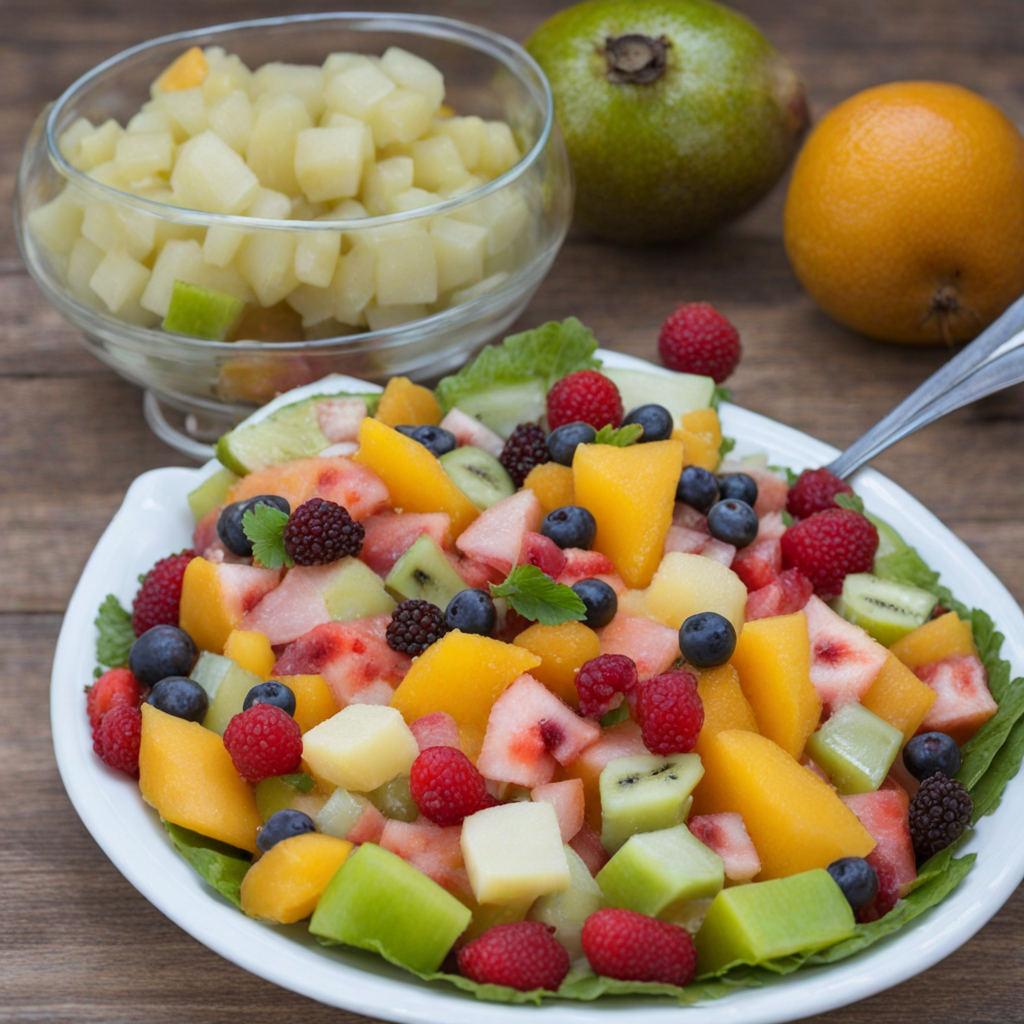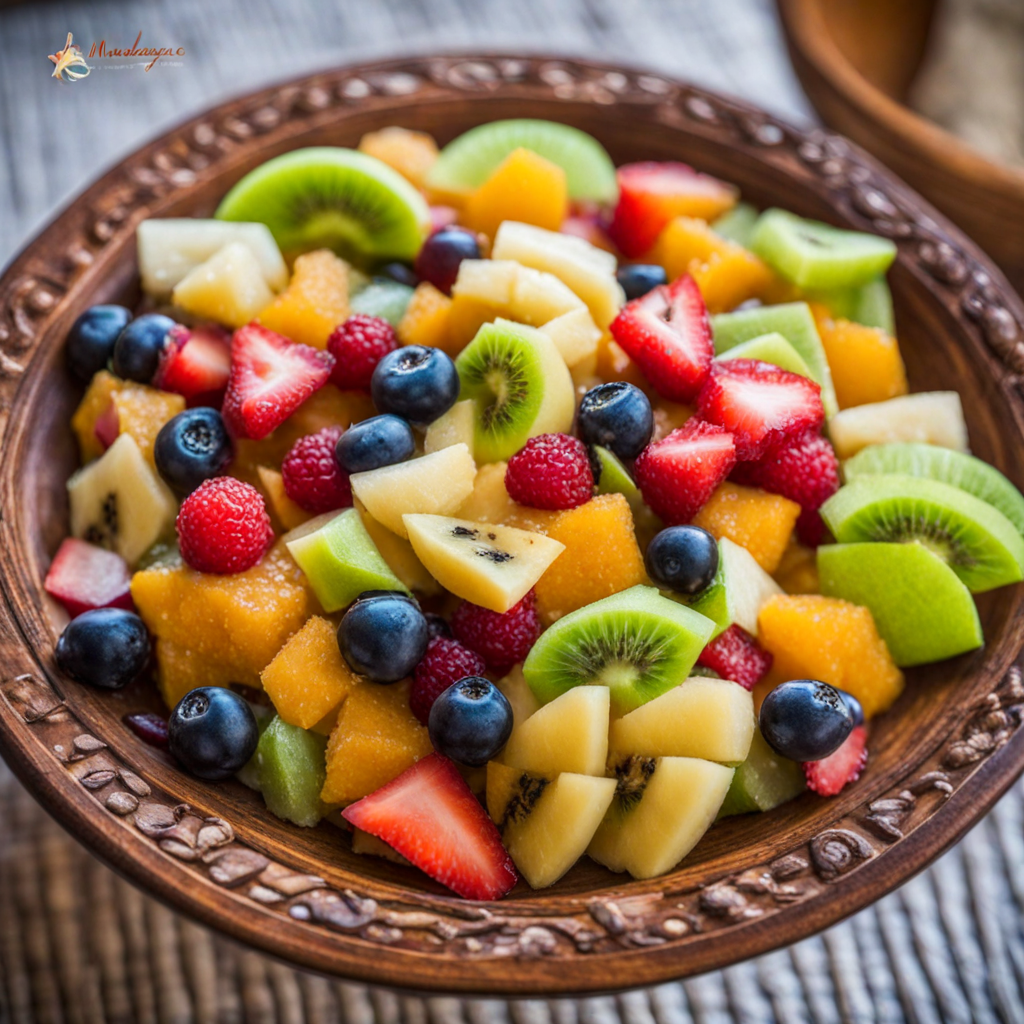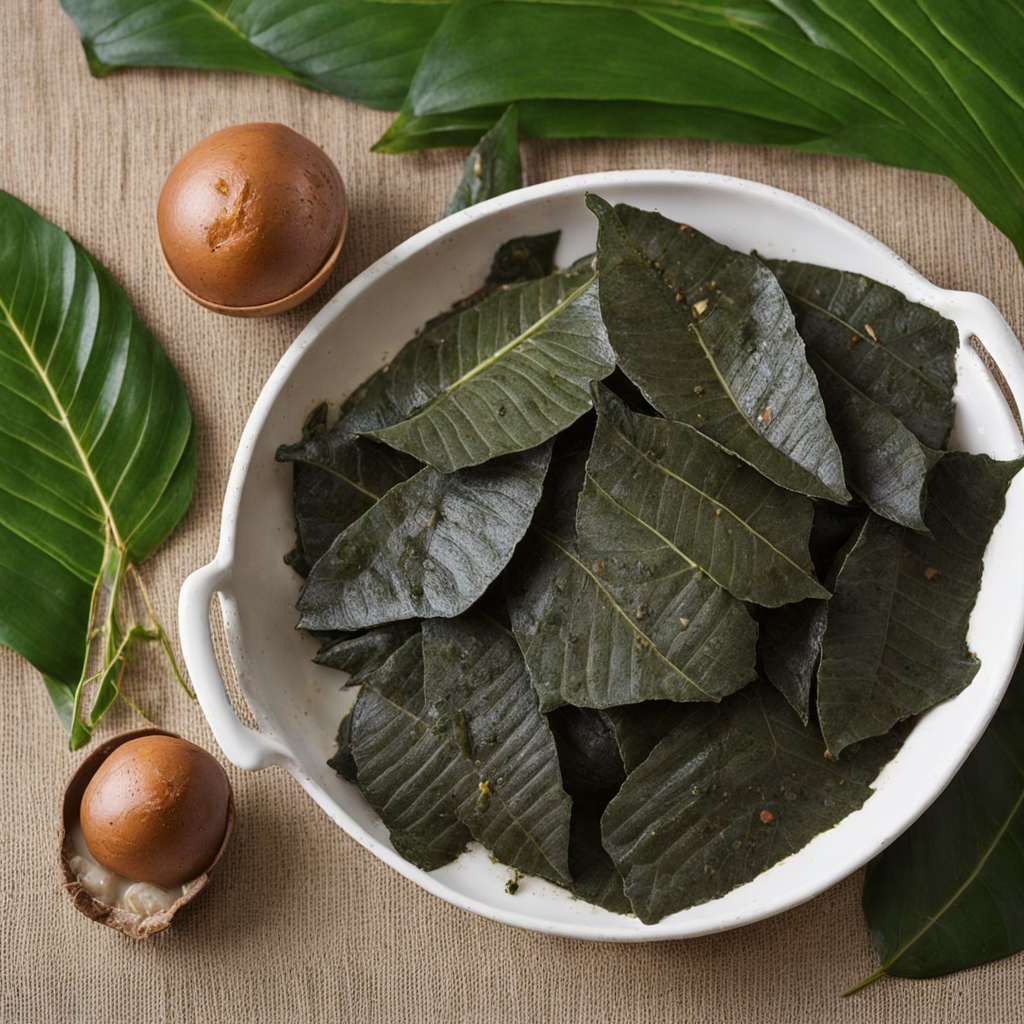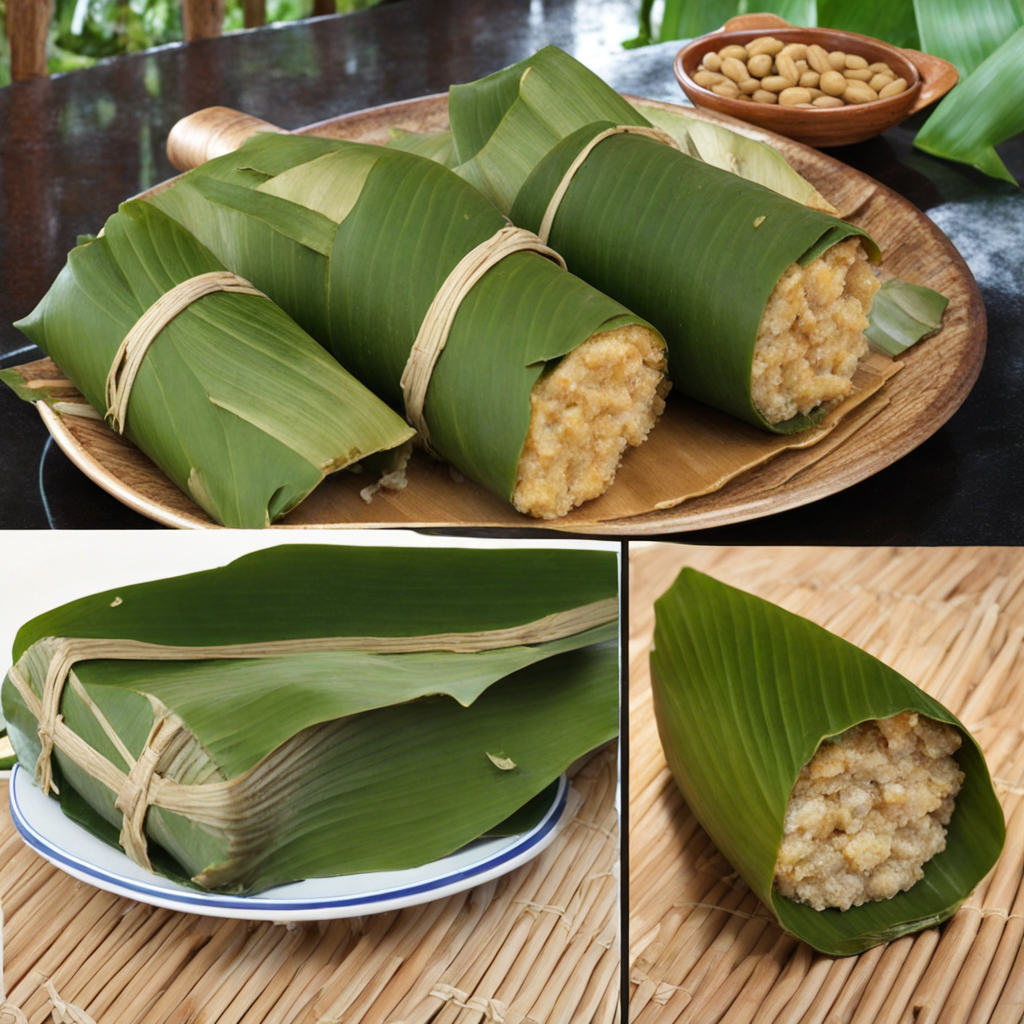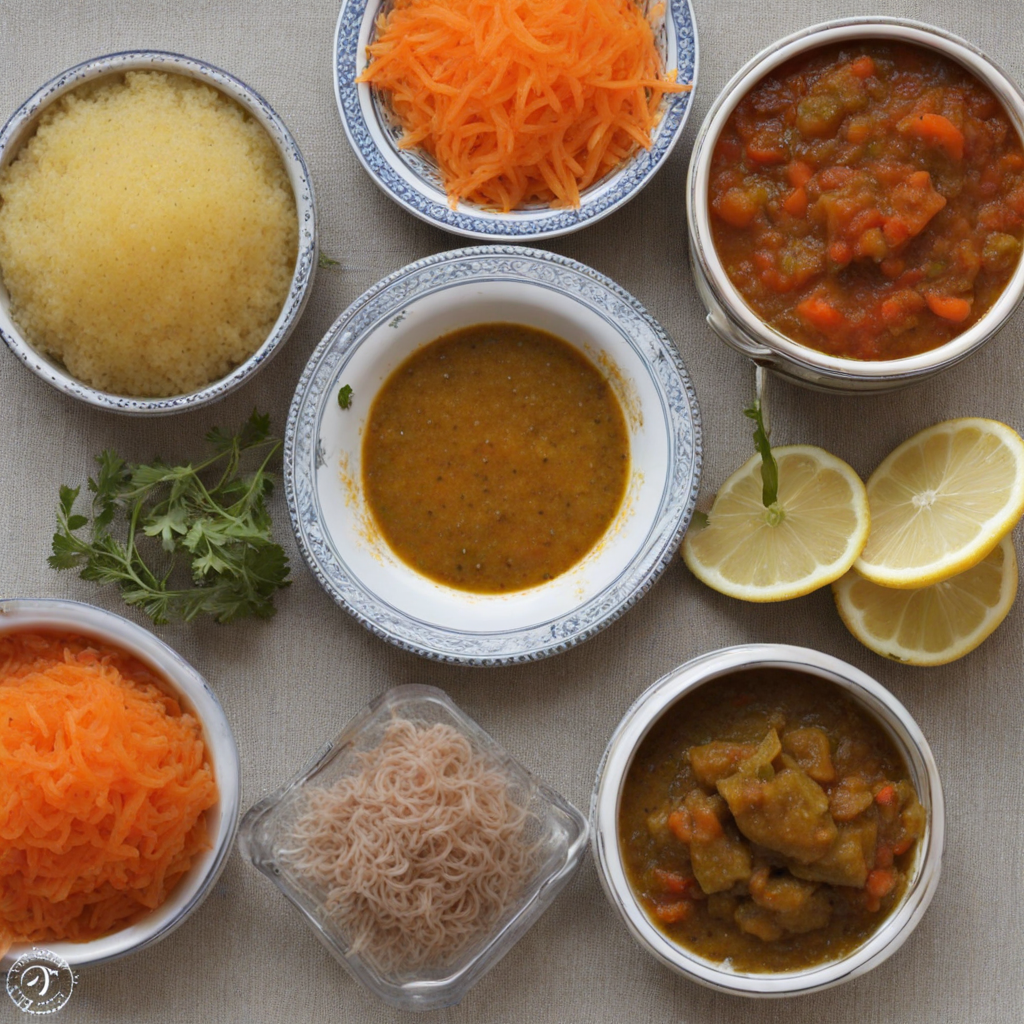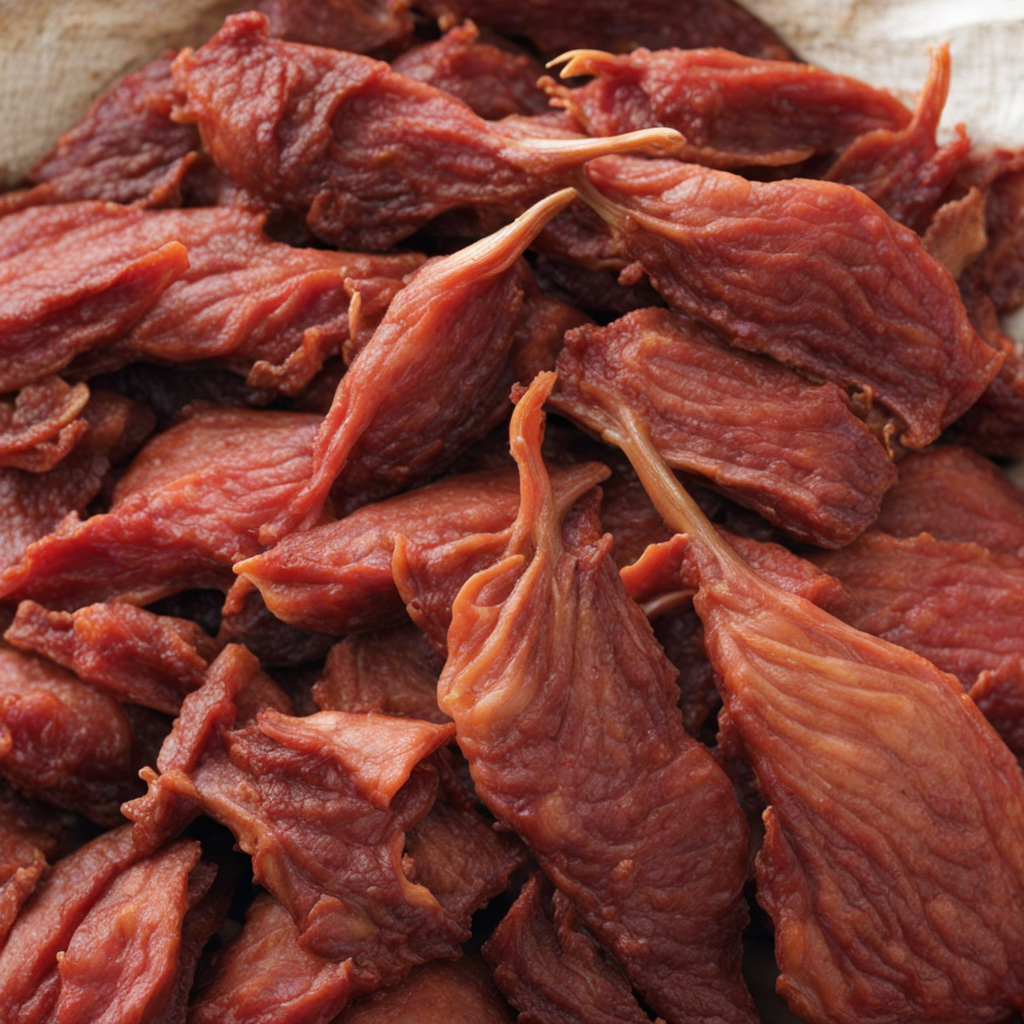Salady Voankazo
Salady Voankazo is a vibrant and refreshing Malagasy fruit salad that showcases the diverse and exotic flavors of Madagascar. This dish typically features a medley of tropical fruits such as ripe mangoes, sweet pineapples, juicy bananas, and tangy lychees, all of which are abundant in the region. The fruits are carefully chopped into bite-sized pieces, allowing the natural sweetness and textures to shine through, creating a colorful and enticing presentation that is as appealing to the eyes as it is to the palate. To elevate the flavor profile, Salady Voankazo is often drizzled with a dressing made from fresh lime juice, which adds a zesty brightness that complements the sweetness of the fruits. Some variations include a hint of vanilla or a sprinkle of grated coconut, which introduces a creamy element and an additional layer of flavor. This refreshing salad can be enjoyed as a light dessert, a side dish, or even as a snack on a warm day, making it a versatile addition to any meal. The essence of Salady Voankazo lies not only in its delightful taste but also in its embodiment of Madagascar's rich agricultural heritage. With its unique blend of flavors, this fruit salad offers a delicious way to experience the country's tropical bounty. Each bite transports you to the lush landscapes of Madagascar, where the fruits are harvested at their peak ripeness, ensuring a truly authentic and unforgettable culinary experience.
How It Became This Dish
Salady Voankazo: A Culinary Jewel of Madagascar #### Origins and Ingredients Salady Voankazo, a delightful fruit salad from Madagascar, embodies the island's rich biodiversity and cultural tapestry. The name "Salady Voankazo" translates to "fruit salad" in Malagasy, with "voankazo" meaning "fruit." This dish is not merely a collection of fruits; it is a vibrant reflection of Madagascar's agricultural wealth and the islanders' deep connection to their environment. Madagascar, one of the world's largest islands, is home to an astonishing array of flora and fauna, many of which are endemic. The island's tropical climate, characterized by a wet season and a dry season, provides ideal conditions for a multitude of fruits. Salady Voankazo typically includes a medley of local fruits such as bananas, mangoes, lychees, pineapples, papayas, and the exotic jackfruit. The selection of fruits can vary depending on the season and local availability, showcasing the island's agricultural diversity. #### Cultural Significance The cultural significance of Salady Voankazo extends beyond its delicious taste. In Madagascar, fruit salads hold a special place in local culinary traditions and celebrations. They are often served during festive occasions, family gatherings, and community events, symbolizing abundance and hospitality. The act of sharing food is central to Malagasy culture, and Salady Voankazo serves as a perfect centerpiece, inviting people to come together and enjoy the bounty of nature. In a country where agriculture is a vital part of the economy, the fruits used in Salady Voankazo are often grown by local farmers. This connection to the land fosters a sense of pride among the Malagasy, as they celebrate the fruits of their labor. The dish also highlights the importance of traditional farming practices, where families cultivate their crops sustainably, passing down knowledge and customs through generations. Moreover, Salady Voankazo reflects the island's unique blend of cultural influences. Madagascar's history is marked by waves of migration, trade, and colonization, leading to a rich fusion of culinary traditions. The dish showcases indigenous Malagasy practices while also incorporating influences from Arab, African, Indian, and European cuisines. This amalgamation is evident in the variety of fruits and the use of local spices and flavors, which can include vanilla, cinnamon, and lime juice for added zest. #### Development Over Time The evolution of Salady Voankazo mirrors the broader changes in Madagascar's society and economy. Traditionally, the fruit salad was prepared using only the freshest seasonal fruits, often enjoyed as a simple yet refreshing snack or dessert. However, as Madagascar's tourism industry began to flourish in the late 20th century, Salady Voankazo gained popularity among visitors seeking to experience the island's culinary heritage. With the rise of tourism, chefs and home cooks started experimenting with Salady Voankazo, introducing new ingredients and presentation styles. This development has led to a creative renaissance in Malagasy cuisine, where traditional dishes are reimagined to cater to diverse palates. In some contemporary interpretations, tropical fruits are combined with nuts, yogurt, or even a drizzle of honey to enhance flavor and texture, creating a fusion that appeals to both locals and tourists alike. The globalization of food culture has also influenced Salady Voankazo's place in the culinary world. As Madagascar's unique ingredients gained recognition, chefs began to showcase the dish in international culinary events and competitions. This exposure has not only elevated the profile of Salady Voankazo but has also contributed to a growing interest in Madagascar's culinary landscape as a whole. #### Salady Voankazo in Modern Madagascar Today, Salady Voankazo remains a beloved dish in Madagascar, cherished for its simplicity and freshness. Street vendors and local markets offer ready-made versions, often displayed in vibrant colors that entice passersby. Many families continue to prepare the salad at home, using it as a way to teach younger generations about the importance of local ingredients and traditional cooking methods. In urban areas, where globalization has introduced new culinary trends, Salady Voankazo has found its place alongside more contemporary dishes. Restaurants often feature the salad on their menus, presenting it as a refreshing starter or dessert option. Chefs continue to innovate, incorporating local superfoods and health-conscious elements, such as chia seeds or coconut water, to appeal to health-minded consumers. Moreover, the dish has gained traction in social media culture, with food bloggers and influencers highlighting Salady Voankazo as a symbol of Madagascar's culinary richness. Stunning photographs of colorful fruit salads are shared widely, inspiring both locals and international audiences to explore the flavors of Madagascar. #### Conclusion Salady Voankazo is more than just a fruit salad; it is a representation of Madagascar's history, culture, and the natural bounty of the island. Its origins rooted in local agriculture, cultural practices, and the blending of diverse influences showcase the resilience and adaptability of Malagasy cuisine. As the dish continues to evolve in response to modern culinary trends, it remains a cherished part of Madagascar's identity, inviting everyone to experience the vibrant flavors of this unique island. In every bite of Salady Voankazo, one can taste the essence of Madagascar—its rich past, its present vibrancy, and its hopeful future.
You may like
Discover local flavors from Madagascar


